The AI-generated photos are no longer meant to be funny, but are created with the express purpose of fooling people, and they look so real that they could easily pass for authentic historical photos.
 |
| Photo generated by AI. Illustration photo. (Source: Vietnamplus) |
In recent years, restoring old photos is no longer a new thing. Modern technology and computers have significantly shortened the process compared to the old days of hand-colored photos. And the rich data on the Internet also makes the images more realistic.
In addition, photos created by artificial intelligence (AI) have created an interesting trend on social networks, surprising viewers with their realism, as well as the daily progress of technology.
However, on the other hand, we are facing a more serious problem, which is the emergence of fake photos.
These are not photos created for humorous purposes that are easily recognizable as fake, like historical figures from the last century taking selfies with iPhones, but images created with the express purpose of fooling people, and they are so similar that they can easily be considered an authentic historical photo.
Risk of history being changed?
With advanced technology and a large historical database, AI can create fake vintage photos that are almost indistinguishable from the real thing. They can mimic the grainy texture of water, soft focus, and even the stains and tears of old photos.
Widely shared on social media, touching photos of a mother and child starving during the Great Depression, or people in period costumes, at first glance seem like real historical documents.
But they're actually created by AI, and researchers worry they could cloud our view of the past.
“AI has unleashed a tsunami of fake history, especially images,” said Jo Hedwig Teeuwisse, a Dutch historian who specializes in debunking false claims online. In some cases, they’ve even created AI versions of real old photos. It’s strange, especially when the original is so well-known.
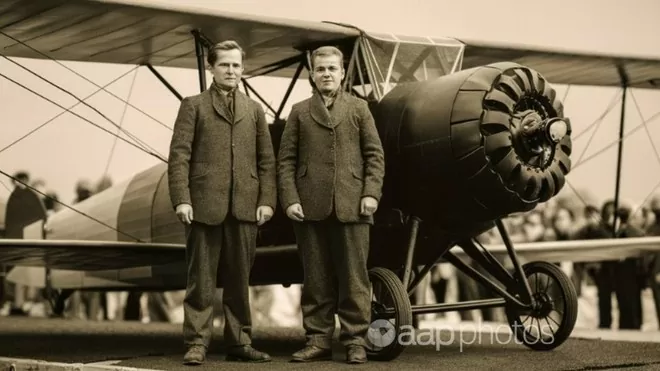 |
| This photo of the Orville Wilbur Wright brothers is said to have been created by AI. (Source: AAP.com.au) |
One photo shared on Facebook, for example, shows a pair of fresh-faced young men posing in front of a vintage biplane: believed to be Orville and Wilbur Wright at the time of their first powered flight.
But these were not the Wright brothers. Actual archival photos from the time show Orville with a mustache and his taller brother Wilbur in a hat, looking nothing like the blond couple in the old-fashioned brown-toned photo.
Among the images created using Midjourney, a popular online AI image generator, are a series of mock replicas depicting the moment when President John F. Kennedy assassination suspect Lee Harvey Oswald was shot dead by Jack Ruby in 1963.
“They often focus on events that are too old to be photographed or events that are poorly documented,” said Marina Amaral, an artist who specializes in restoring black-and-white photos into color.
“This creates the risk that false images are accepted as truth, which over time can distort our understanding of history and undermine public trust in visual evidence as a reliable source for learning about the past,” she added.
Marina Amaral said she had seen two Instagram accounts sharing these fake historical photos with fabricated captions. And the most recent photo had 5,000 likes. This number does not reflect the 5,000 people who were fooled. There were people who simply scrolled past and liked it without really caring, and there were people who knew the photo was fake but still appreciated it for its artistic value.
But even if we assume optimistically that only a small fraction of these 5,000 people were actually fooled, there is still a significant number of people who were exposed to a piece of misinformation “disguised” as historical fact.
And that’s just one post on one social media platform. Multiply that by countless social media accounts or websites, and you can see how large the problem is. The more of these fake images that are circulated, the harder it becomes to distinguish between fact and fiction. Each new post or share twists the truth a little bit, until we have a completely different version.
The real purpose behind fake photos
The question is, what purpose are these images created for? Digital has previously offered a particular perspective on images created by technology. That is, AI-generated humans do not exist, have never existed, and will never exist outside of the digital space.
Therefore, the people depicted in the photograph have never lived and will never die. They do not belong to any timeline, past, present or future.
So in the long run, will future generations preserve these faked photos as historical images? Will future historians actually mistake these images for depictions of actual tribal costumes, dances, or rituals? And what impact will this have on the true record of history and heritage today?
The risk of changing a history hundreds of years old is unlikely. Because a lot of real documents have been stored in memory and data warehouses for comparison and contrast. However, the risk of distortion can start from the moment AI images are born.
In the long run, those same AI-generated images will continue to be edited and combined to create new images, and will create a completely separate AI timeline and space, a completely unreal timeline and space.
And that’s when history can get skewed, even distorted. Especially as older digital archives become technologically obsolete. “Digital archives that contain important historical documents could be lost forever because the programs to view them will no longer exist,” Google Vice President Vint Cerf said in 2015.
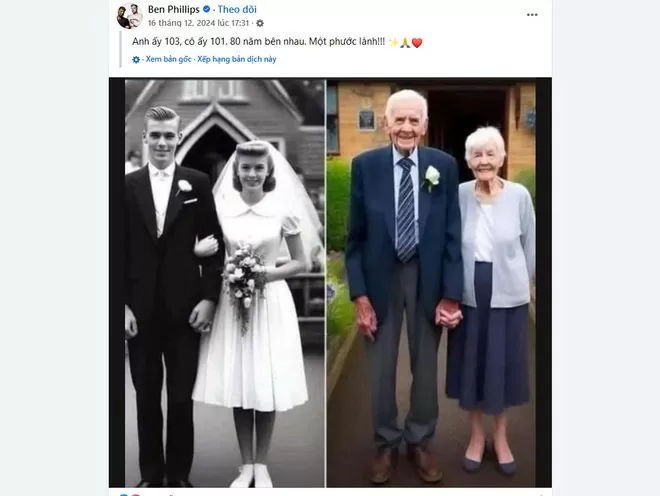 |
| A photo following the "then and now" trend but said to be created by AI. (Source: Facebook) |
Simply a step forward in technology?
Experts and regulators are aware of this danger and are still trying to find ways to distinguish between real and AI-generated images.
Austrian photographer Markus Hofstaetter recently proposed that all AI images should have a digital watermark built into the digital file, making it easier to distinguish between computer-generated and real-life images. We could also develop programs that would detect the presence of AI-generated images, which would prevent technology-generated images from invading our news.
However, from another perspective, perhaps this is simply a step forward in technology, and new things often make people worried when they first appear.
Before that, in 1987, Photoshop was born, causing many people to worry that it would delegitimize photography when editing digital photos. However, over time, Photoshop has gradually become an indispensable tool for those who work with images.
Even further back, the French painter Paul Delaroche (1797-1854) is said to have exclaimed, 'From today, painting is dead!' when he saw a daguerreotype (an early photographic technique) portrait in 1839. However, over hundreds of years, painting and photography have remained side by side in people's spiritual lives, and famous paintings are even more valuable than photographs.
Artists have and will always be amazed and challenged by the advances in technology as it applies to their particular art, but we continue to evolve because the reality is that everything changes.
The chaos that AI has caused to the creative community may eventually subside through assimilation, internalization, and eventual control, and may take humanity one step further on the path to artistic conquest.
Detect fake images
Now, Amaral and Teeuwissen believe they can still distinguish fake historical images from real ones just by looking at them.
AI-generated photos often have flaws: too many fingers on one hand, missing details — the Wright brothers' plane had no propeller, for example — or, conversely, compositions that are too perfect.
“AI-generated images can replicate a look, but they lack the human element, the purpose, the reason behind the photographer’s choices,” Amaral said. “They may be visually compelling, but they are ultimately hollow.”
For Teeuwissen, “real photos are taken by real people and often there’s something that’s not clear, or someone looks a little weird, or has bad makeup…”. Whereas AI-generated photos are often perfect in every detail.
But she said it was “only a matter of time” before AI image quality made counterfeits harder to spot with the naked eye, a “dangerous” prospect, she said, because it would amplify misinformation.
Source



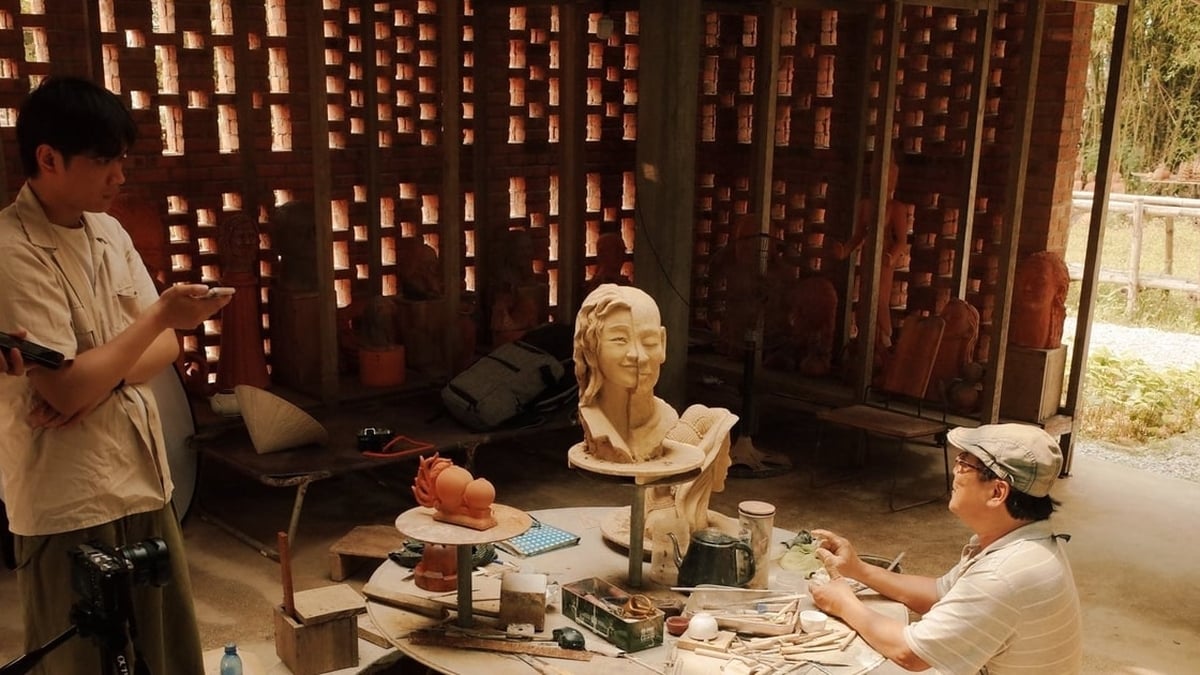

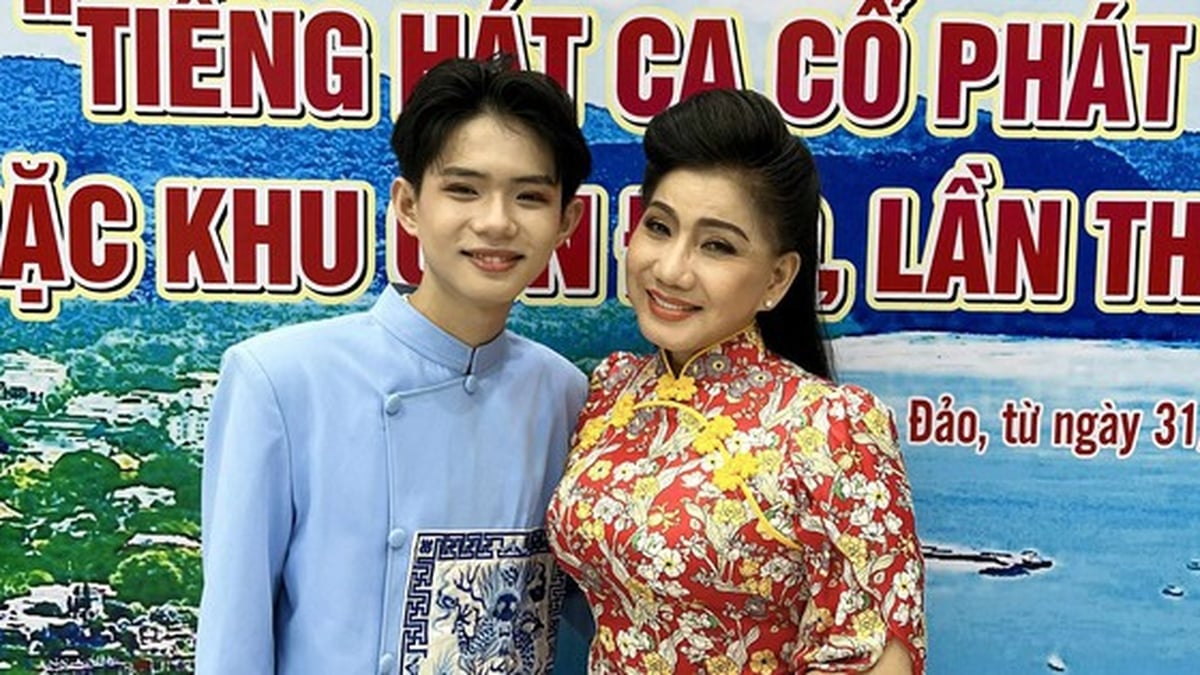
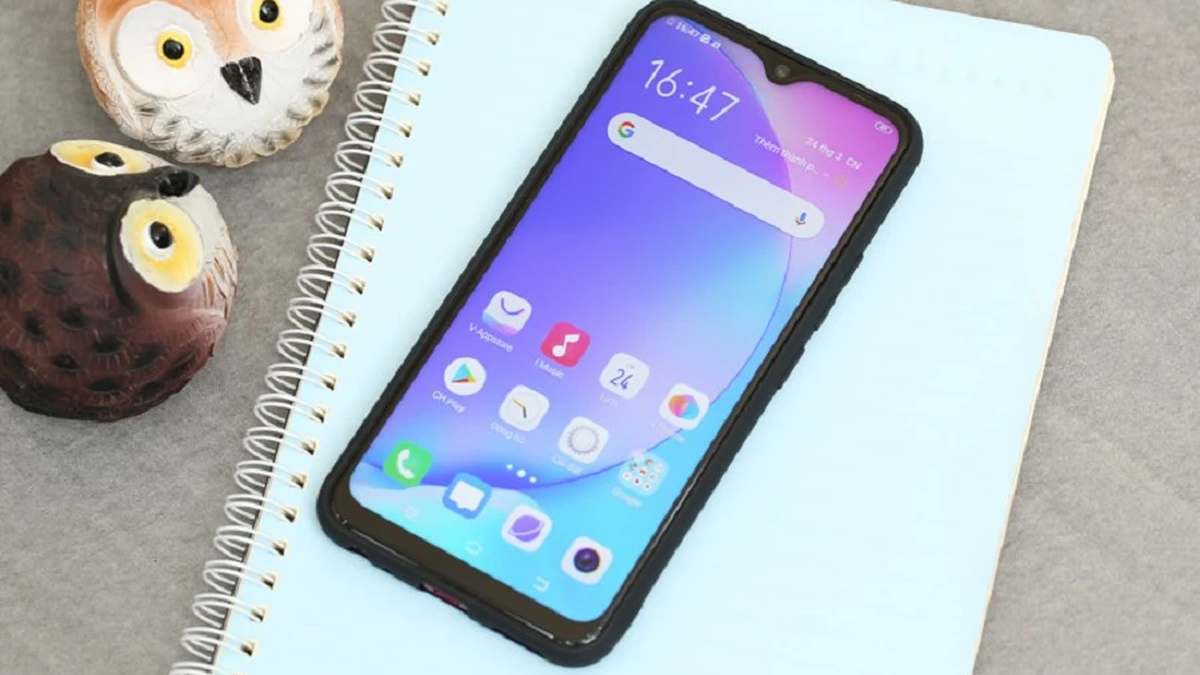
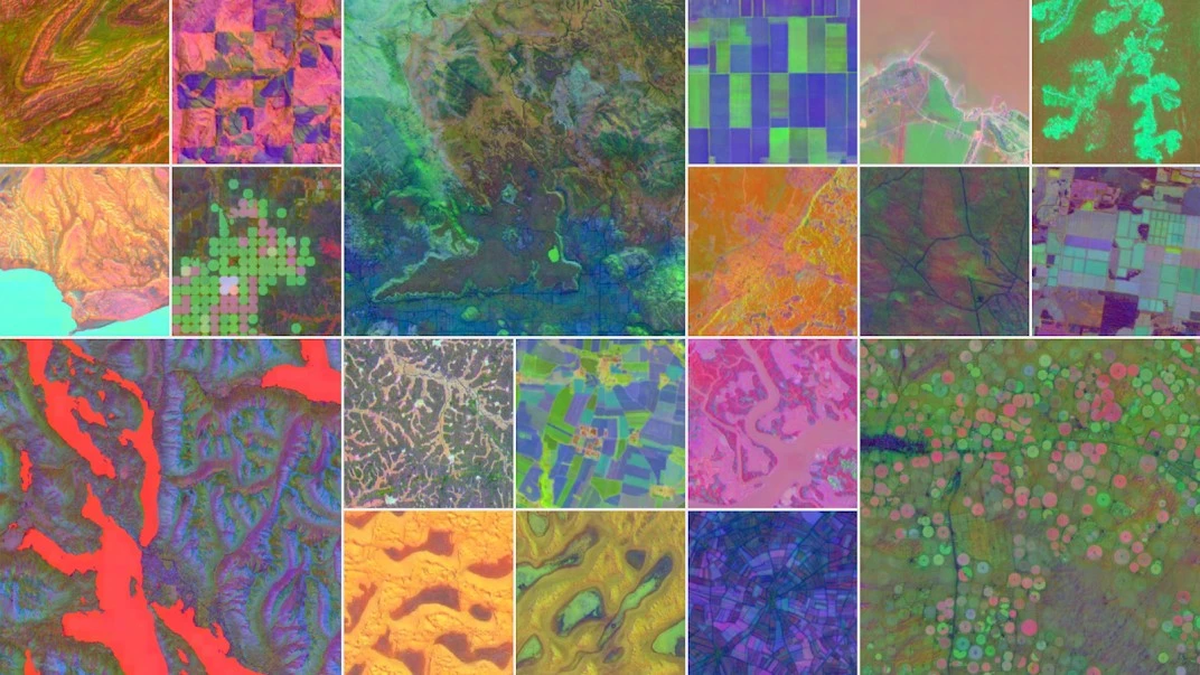
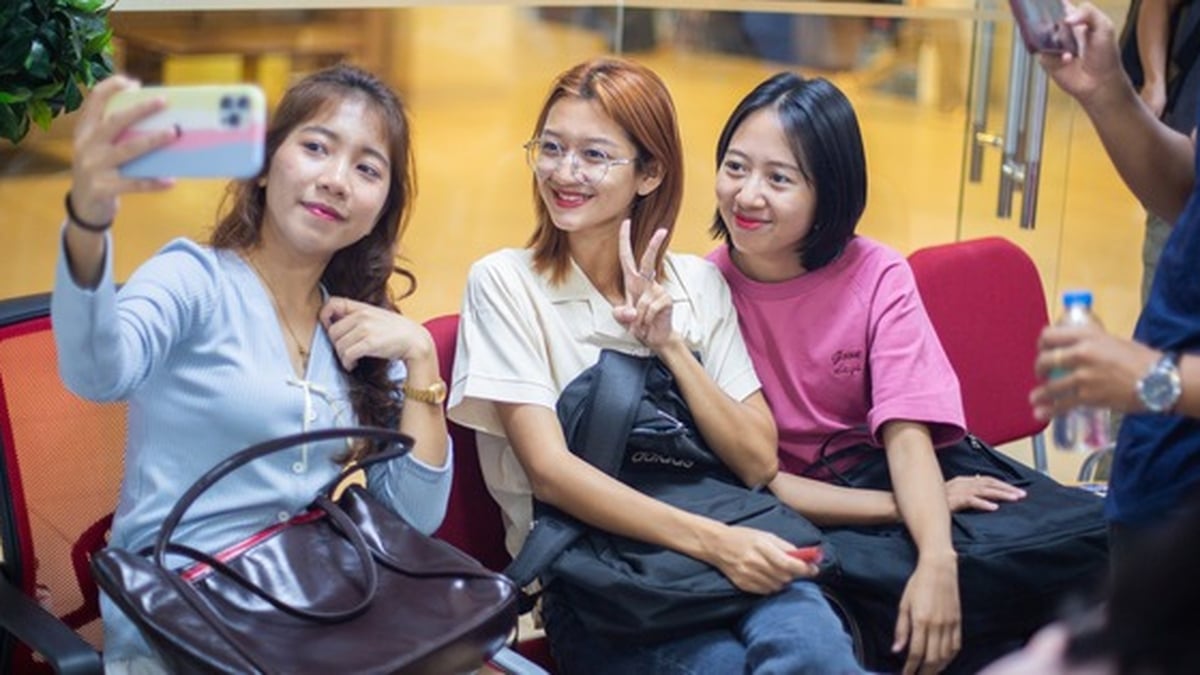
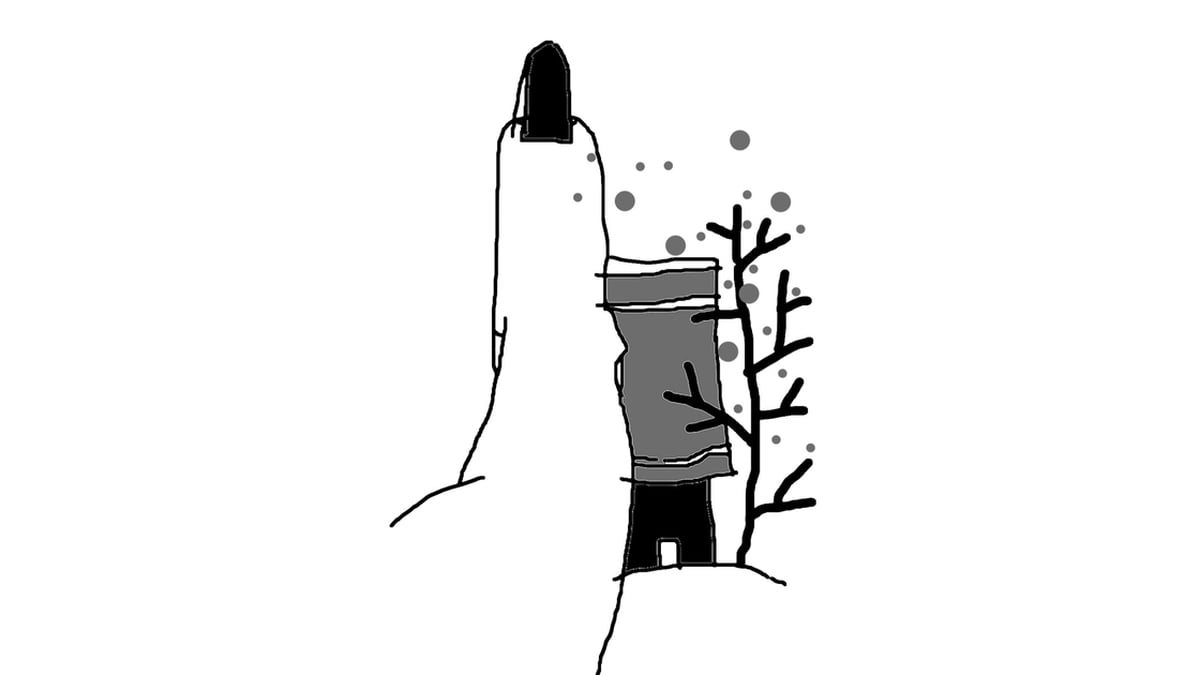
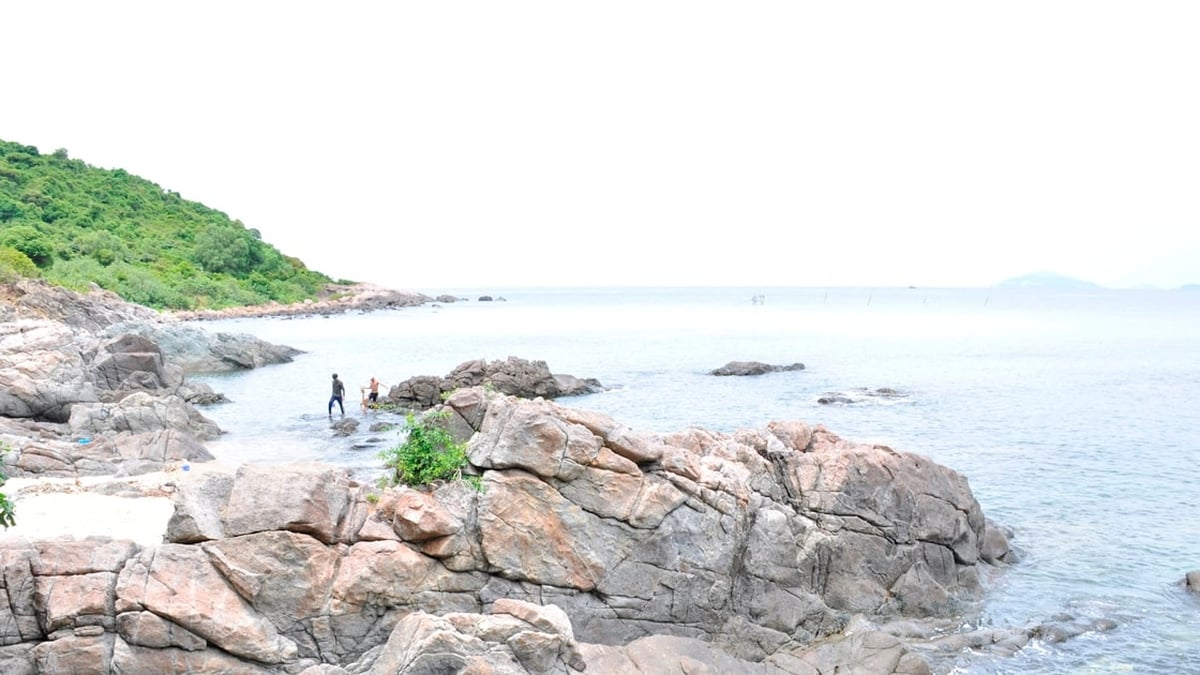
























































































Comment (0)